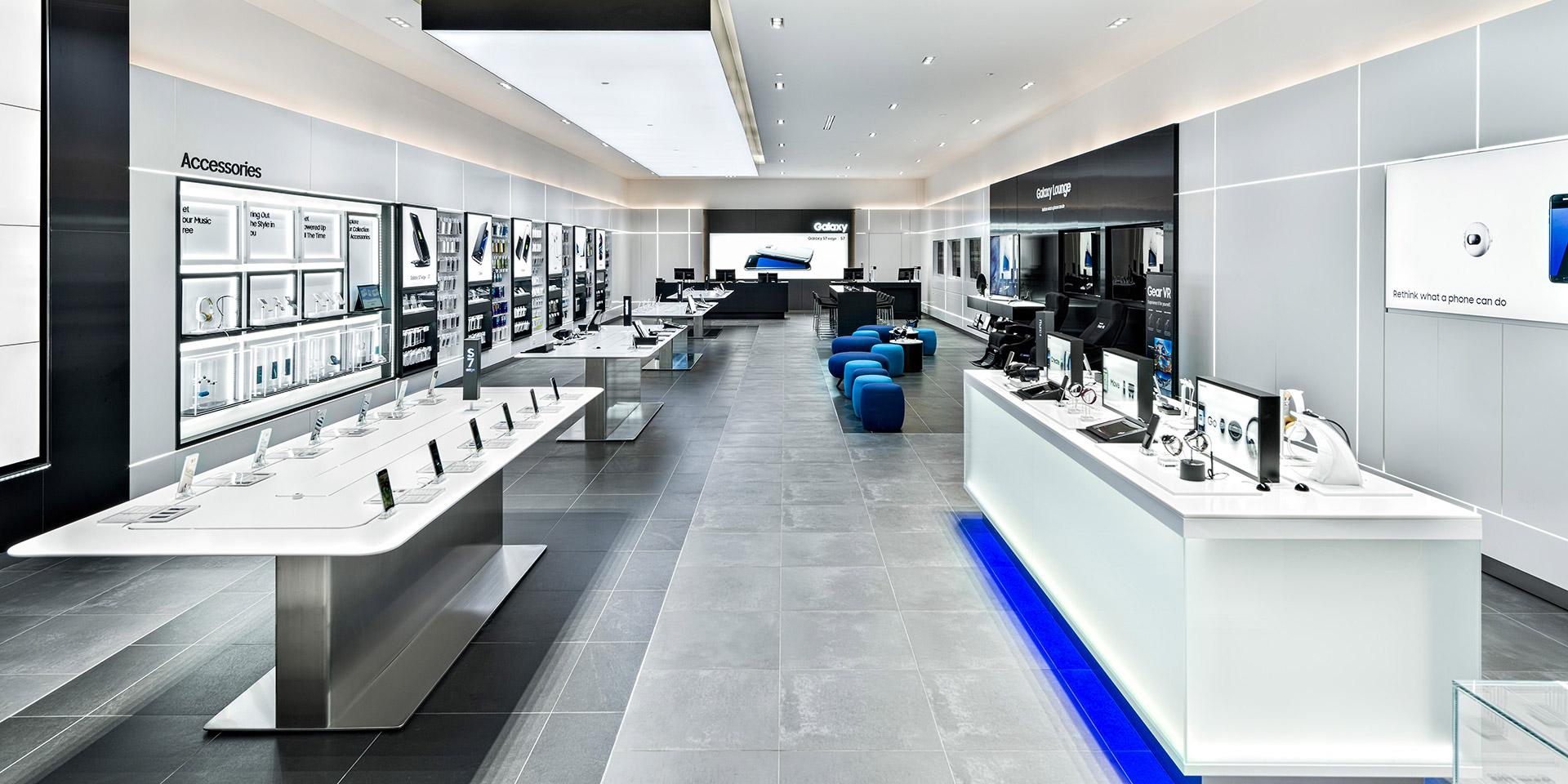Image Source: Google
As consumers, we often take for granted the thought and creativity that goes behind the design of retail spaces. From the layout of a store to the placement of products, every detail is carefully curated to enhance the customer's experience.
But have you ever wondered about the creative process that takes a retail space from concept to reality? In this article, we will delve into the world of the best retail designer and unveil the intricate steps involved in bringing a retail space to life.
The Initial Inspiration
Research and Analysis
- Before any design work begins, retail designers must conduct thorough research on the target demographic, market trends, and the client's brand identity.
- Analysis of competitors and industry benchmarks helps designers gain insights into what works and what doesn't in the retail space.
Concept Development
- Based on the research findings, designers begin developing a concept that aligns with the client's brand values and resonates with the target audience.
- Conceptual sketches and mood boards are created to visually represent the design direction and overall aesthetic of the space.
Design and Development
Space Planning
- Once the concept is approved, designers move on to detailed space planning to optimize the layout for traffic flow and product display.
- Consideration is given to zoning areas for different products, as well as creating focal points to draw customers into the space.
Material Selection
- Choosing the right materials is crucial in bringing the design concept to life. Retail designers must consider factors such as durability, aesthetics, and sustainability when selecting materials.
- From flooring and wall finishes to lighting fixtures and furniture, every element contributes to the overall look and feel of the space.
Visualization
- Using software tools like CAD (Computer-Aided Design) and 3D rendering programs, designers create visual representations of the space to help clients and stakeholders better understand the final outcome.
- Virtual reality technology is also being increasingly used to provide immersive experiences of the design before construction begins.
Implementation and Execution
Collaboration with Contractors
- Once the design is finalized, retail designers work closely with contractors and construction teams to ensure that the vision is executed accurately and within budget.
- Regular site visits and meetings help address any challenges that may arise during the construction phase.
Visual Merchandising
- Visual merchandising plays a crucial role in retail design by showcasing products in an enticing and engaging way to drive sales.
- Designers collaborate with merchandising experts to create displays that are not only aesthetically pleasing but also strategically positioned to attract customers.
Final Touches
- As the construction nears completion, designers focus on adding finishing touches such as signage, graphics, and decorative elements to enhance the overall atmosphere of the space.
- Attention to detail is key in creating a cohesive and visually impactful retail environment.
Post-Opening Evaluation
Customer Feedback
- After the retail space is open to the public, designers gather feedback from customers to understand how the design is being perceived and if any adjustments are needed.
- Feedback can be collected through surveys, focus groups, and direct observation of customer behavior within the space.
Performance Analysis
- Designers analyze sales data, foot traffic patterns, and other key performance metrics to evaluate the success of the design in meeting the client's objectives.
- Adjustments may be made based on the findings to continually improve the retail experience for customers.
Conclusion
The creative process of a retail designer is a multi-faceted journey that involves research, conceptualization, collaboration, and evaluation. From the initial inspiration to the final execution, each step plays a crucial role in creating a retail space that not only looks visually appealing but also functions efficiently to enhance the customer's experience.

